polar bear life cycle adaptations
A polar bears nostrils close when under water. After feeding through the summer and fall gaining as much weight as possible pregnant female polar bears prepare to enter maternity dens to give birth to their cubs.

Polar Bear Adaptation Diagramhelp Me Out I Will Mark U As Brainliest Brainly In
Although seal predation is the primary and an indispensable way of life for most polar bears when alternatives are present they are quite flexible.
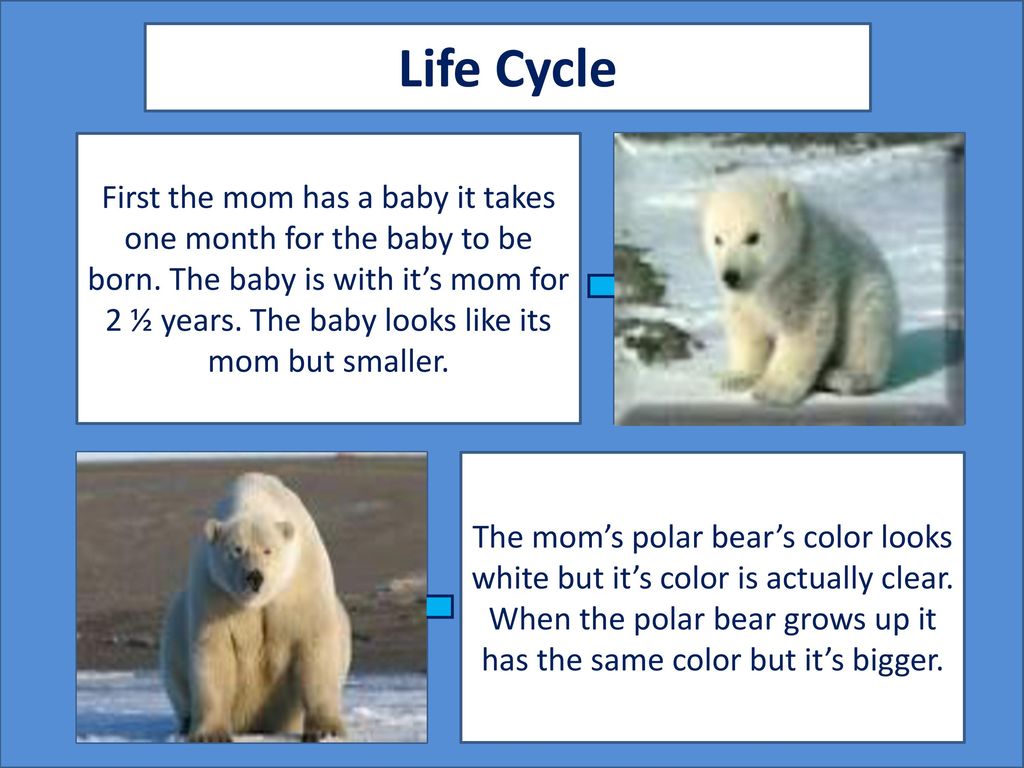
. The primary prey seal finds it hard to detect the polar bear and when it does so its almost too late. They are able to survive in an awake state from the blubber which is layers of fat underneath the fur. It is believed that these bears evolved from the need to hibernate.
This is an anatomical record of the right and left kidneys of a male polar bear died of gastric and duodenal torsion at a zoo in May 1998. The females that are pregnant due but it isnt a constant sleeping status. Denning Fall Winter.
Polar bears can obtain a swimming speed of 10 kph 62 mph. Polar bears usually swim under water at depths of only about 3-45. The first stage of a polar bears lifecycle is birth.
A life expectancy is the age that an animal can live to be. White bears become inactive in season as they. Some polar bears have been known to make it into their early 30s.
Adaptation in a population of living things happens as a result of an adaptive. Up to 24 cash back The bears hair is made of hollow tubes that help it stay warm by traping warm air and helps keep him afloat in water. These are just a few examples of structual adaptions of the polar bear.
Low surface area to volume ratio anatomical - Compared to other species of bears polar bears have small extremities proportionally shorter legs and a stockier build. This is one of the anatomical adaptations of the polar bears. The hairs of the polar bear for instance are very long and offer excellent insulation when dry but polar bear fur loses almost all of its value when immersed in water Scholander et al 1950.
C Low Surface Area To Volume Ratio. Most other mammals would not be able to survive on the high fat diet that polar bears eat. Polar bears have adaptations for shallow dives when they stalk their prey swim on ice floes or search for algae.
While white fur small ears and large paws are the most obvious adaptations it is the physiological adaptations of dealing with the processing of fat so as not to lead to heart disease that are the most important. This is better heat retention rate for strong swimmers. The mighty polar bear is expected to live for 15 to 18 years.
To have the cubs the female polar bear must find a male polar bear. Although polar bears dont hibernate pregnant females will enter a hibernation-like state in a maternity den. When the cubs are ready to come out of the den they weigh 20 to 25 pounds.
Unlike the massive polar bear which can grow huge on a diet of abundant seals its ancestor in the Arctic is small has very lower reproductive rates and eagerly eats almost anything that exists in its environment. From fur to skin to paws and claws the sea bears physique is designed to protect them from the cold hunt seals and dominate the Arctic. Can you think of other.
In the Arctic temperatures can plunge to -40 or -46 C -50 F in winter and stay that way for days or weeks. Adaptations of the Polar Bear Adaptation Structure and Function. The sharp claws and strong paws help the polar bear hunt fight and protect its family.
The polar bear evolved one to three million years ago from the brown bear which still ekes out a marginal life along the northern shore of the Arctic oceans. In comparison to. If your dinner is swimming around youd better be a good swimmer too.
Any living thing including all plants and animals have a life cycle. Polar Bear Facts Polar Bear Facts. A thick layer of fat up to 11 cm 43 in thick keeps the polar bear warm while swimming in cold water.
Polar bears in the wild usually live to be between 15 and 18 years old but some can be as old as 30 years old. The polar bear evolved one to three million years ago from the brown bear which still ekes out a marginal life along the northern shore of the Arctic oceans. Basically the dense fur thick layer of fat and other such polar bear adaptations for cold facilitate thermoregulation and help the species maintain its body temperature at 986F even when the temperature in.
Females will enter the den in early Winter and will give birth around 60 days later. This reduces the surface area to lose heat from. This is a common characteristic amongst animals that live in cold environments that enables them to retain their heat and conversely.
Polar bears make shallow dives when stalking prey navigating ice floes or searching for kelp. The bears webbed feet also help it swimm and travel faster in the water. The polar bear has a very unigue life style.
Polar bears possess morphologic and physiologic characteristics that reflect their terrestrial lineage as members of the bear family Ursidae as well as adaptations to the Arctic marine environment. Polar bears are excellent swimmers in part because they have big feet that are partially webbed. Their mother will ensure their safety and teach them how to hunt seal and fish they like to eat.
The estimated age was 20 years old and body weight was. They will enter a low-energy state during which they will not eat drink urinate or defecate. Frisch et al 1974 which conducts heat 25 times faster than air.
A polar bear in a Canadian zoo named Debby lived to be 42. In such circumstances excess heat from their body is released from regions wherein fur is either absent or not very dense such as nose ears muzzle footpads etc. The dense layer of the coat not only serves as an insulator but it virtually makes the bear to disappear in the white background.
Brown bears hibernate but polar bears do not. The mighty polar bear is expected to live for 15 to 18 years. This adaptation protects the bear against overheating mainly in summer when sunlight is intensive.
Polar bears skin under their fur is black. A thick layer of fat up to 11 cm 43 in thick keeps the polar bear warm while swimming in cold water. The insulating properties of fur and plumage are also reduced by rain and sleet and particularly by wind.
Polar bears consume a wide variety of other wild foods including muskox Ovibos moschatus reindeer Rangifer tarandus birds eggs rodents crabs other crustaceans fish and. The skin of the polar bears is black and underneath lies a thick fat layer that can reach 449 inches and act as an insulator. But polar bears are built for those conditions.
The polar bear has adaptive traits that help it survive out on the polar ice cap. Polar bears are born and feed on their mothers milk in a den. Polar Bear Lifecycle.
Even with their 15 to 18 years of life polar bears have about 5 litters of cubs. Polar bears have to swim more as the ice begins to melt they are forced inland. Polar Bear Behavioral Adaptations.
One puzzling fact for experts to ponder is that Polar Bears dont hibernate. They have a thick layer of fat up to 11 cm 43 inches thick an adaptation of the polar bear that keeps them warm while swimming in cold waterThey close the nostrils when underwater. To build a den the female digs a small snow cave in a.
Among marine mammals they are.

Ppt The Polar Bear Life Cycle Powerpoint Presentation Free Download Id 2778861

Polar Bear Fact File Powerpoint Primary Resources

Polar Bear Adaptations Lesson For Kids Video Lesson Transcript Study Com
Life Cycle The Polar Bear By Jordan And Sophia
Polar Bear National Geographic
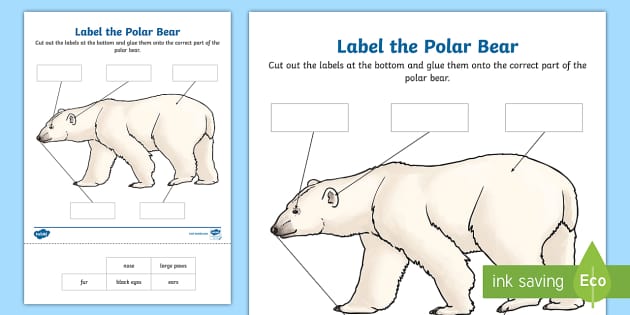
Label The Polar Bear Worksheet Teacher Made

Polar Bear Adaptations Polar Bears Activities Polar Bear
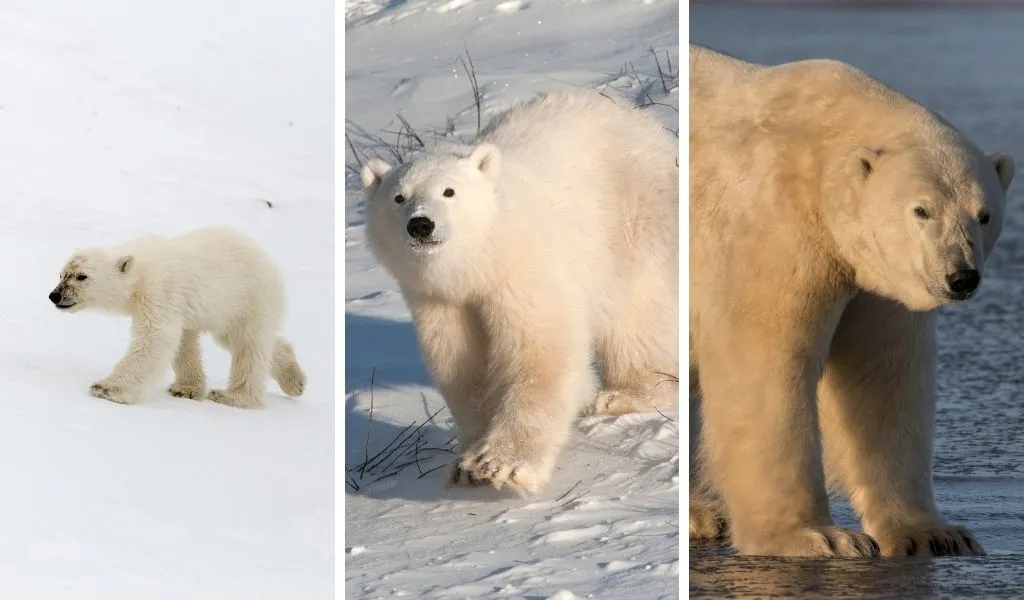
Polar Bear Lifecycle From Birth To Death Polar Guidebook
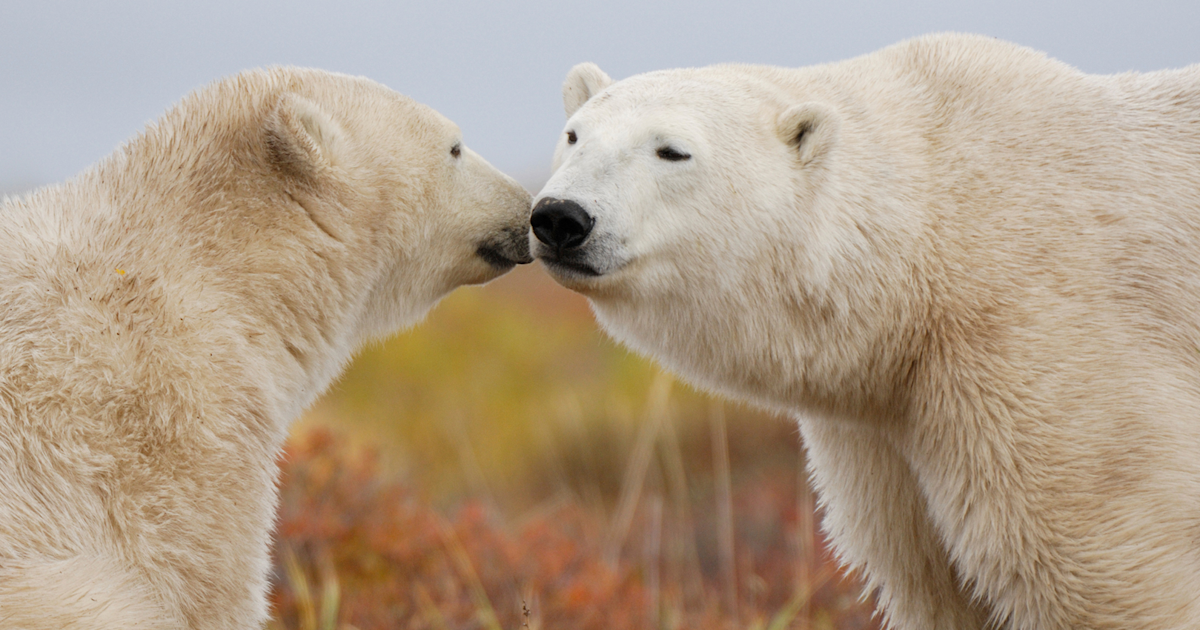
Life Cycle Polar Bears International
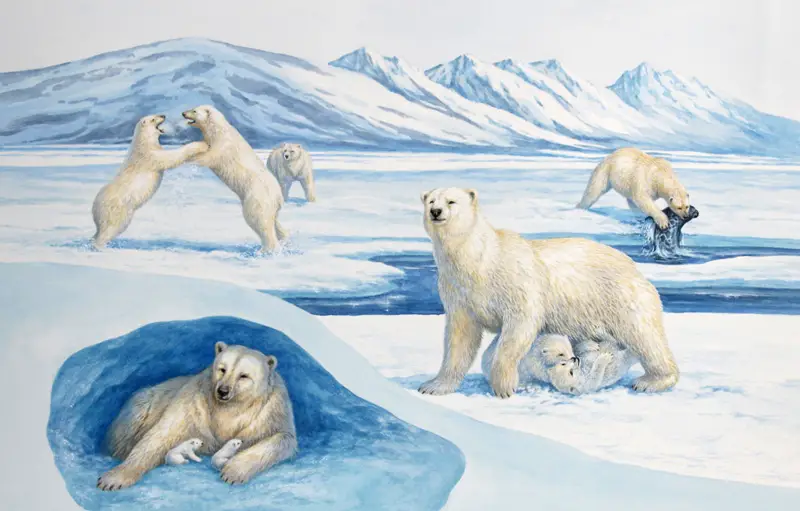
Polar Bear Life Cycle Birth To Death Stages Facts Diagram Worksheet

Polar Bear Activities Video Polar Bears Activities Life Cycles Polar Bears Kindergarten

Polar Bear Life Cycle Craft Video Video Polar Bear Craft Bear Crafts Polar Bear Unit
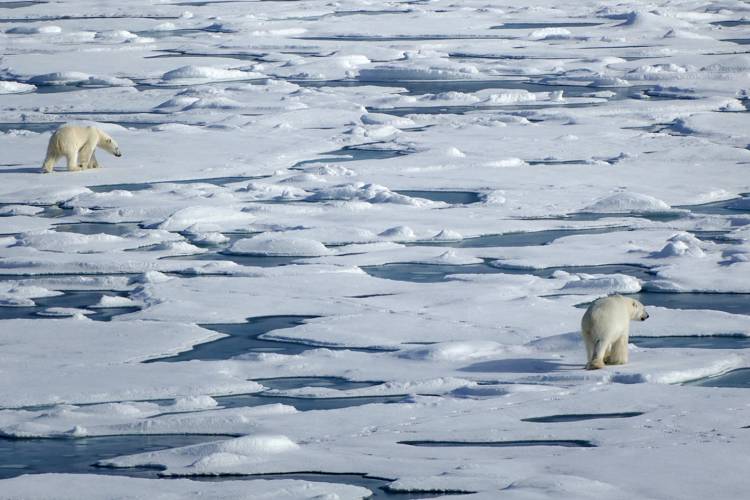
Life Cycle Polar Bears International

Polar Bear Life Cycle Lesson For Kids Video Lesson Transcript Study Com
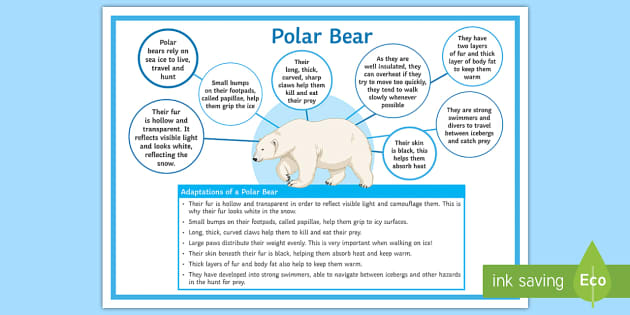
Adaptations Of A Polar Bear Display Poster Twinkl

Polar Bear Adaptations Polar Bears Activities Polar Bear

Polar Bear By Logan James Ppt Download

Life Cycle Of A Brown Bear Kindergarten Worksheets Life Cycles The Very Cranky Bear
